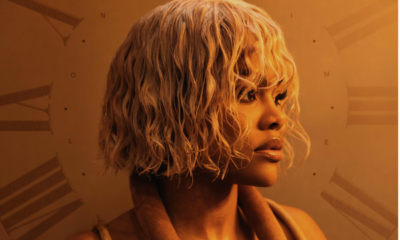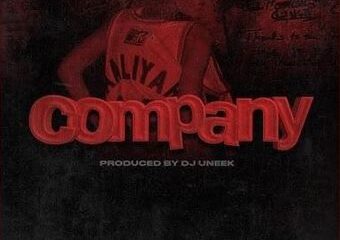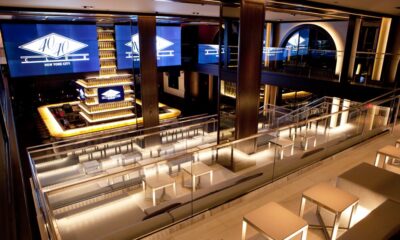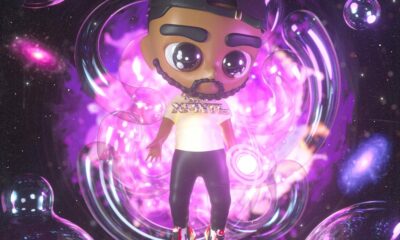Culture
NYC Photographer Kwon Woo Koh Captures Urban Life Through His Lens
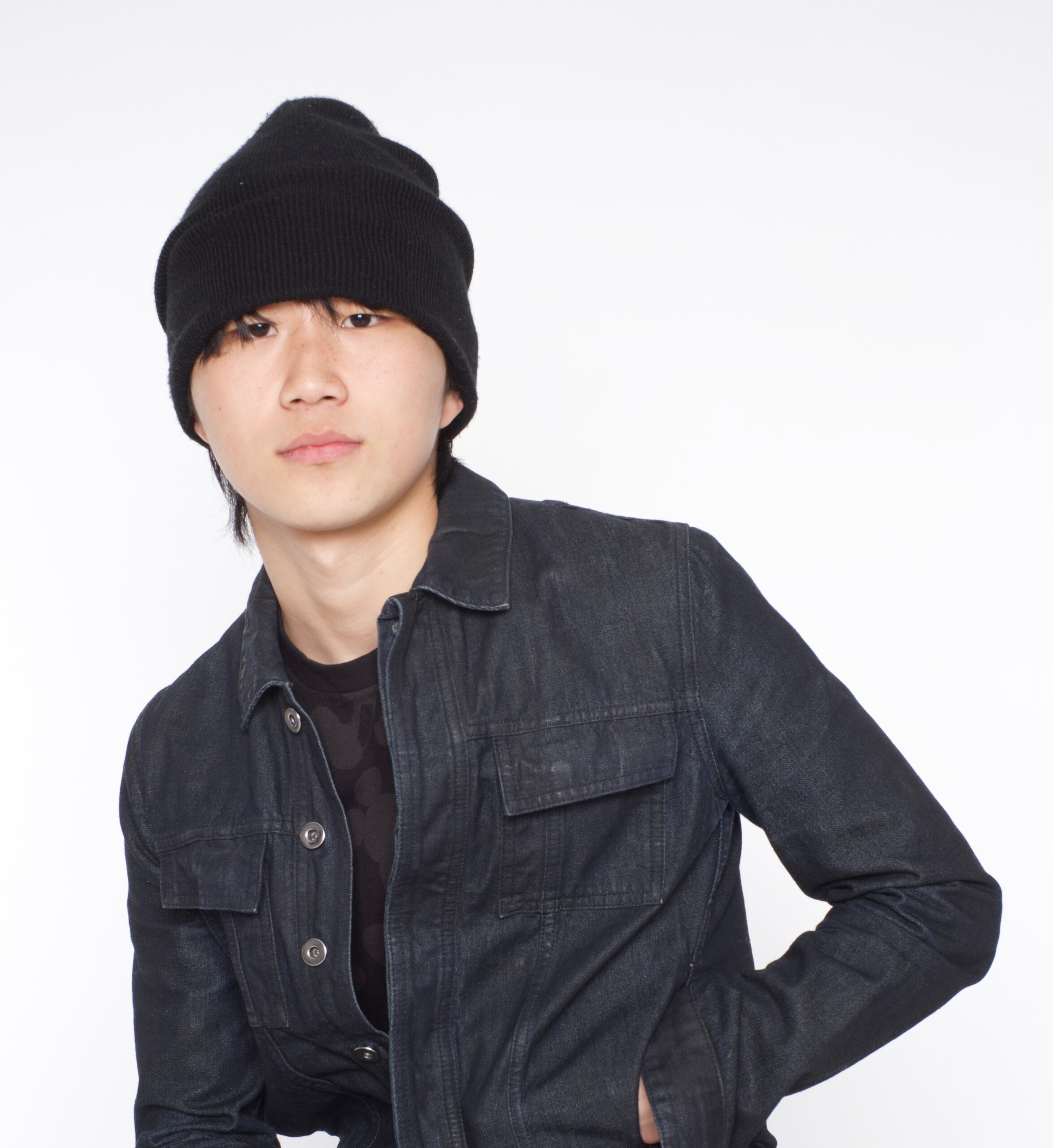
The image of the modern metropolis is often characterized as an ‘urban jungle’ because of the unpredictability of proximity created by population density. Depictions of urban life in the arts normally center on the idea of the bustling city, rich with character and dense in chaos, contrasting the mundanity of suburban settings as shown in contemporary art.
The works of an artist like Gregory Crewdson, for example, center around depictions of desolate suburbia. The isolationary conditions of seclusion in the suburbs can create an atmospheric dread, one which is captured in much of his photography. We see suburban sorrow as haunting because it represents the fear of an unfulfilled desire, a reality where the escape from the masses allowed to one from economic triumph does not result in fulfillment. This is associated with people aged beyond their youth. The dream was achieved; the reality was simply insufficient.
Differing from Crewdson, 21-year-old photographer Kwon Woo Koh’s works often center on the depiction of a desolate, lonely cityscape in New York City. His photographs primarily focus on individual subjects isolated within the frame, with Koh opting for surrounding visual contexts often draped in moody greys and dull, mundane colorations. This stands in contrast with his subject matter, often being youthful, fashionable artists working in the city. His depiction of the urban landscape as isolating may be interpreted as a more honest representation of actual city life. The presence of millions gives little significance to the few, and thus gives meaning to the bright plumage and garb his subjects tend to don. His characters are not contrasted against suburbia, but against the ambient indifference of their own environment. This choice positions identity not as a function of escape, but of confrontation, posturing self-expression as a claim of visibility in spaces where nobody is looking. Koh’s representation of urban emptiness falls in line with a greater sentiment of pessimism present in the youth. As Crewdson channelled the sorrow of unfulfilled fantasy in his art, Koh drives with the bleak prospects of a wholly uncertain generation. His work does not mourn the loss of a dream; it captures the disquiet of never having been offered one.
Kwon Woo Koh’s works often walk the line between high-fidelity and barebones production. For every still captured in the wilderness of the urban jungle, Koh delivers a tightly-crafted piece of deliberate, production-intensive photography. His 2025 photo exhibition Your Eyes In My Eyes featured a mixture of various photographic styles, all of which largely focused on the tasteful implementation of contrast. Often, the contrast lay in the coloration, featuring washed-out environments set against the vibrancy of the subject’s skin or wardrobe. What made the exhibition cohesive was not visual similarity, but the consistency of authorial presence. Whether tightly composed or seemingly off-the-cuff, the images retained their intention.
Regardless of his focus on the concrete and mortar aesthetics of modern urban life, Koh often depicts his characters in the context of nature, such as in arboreal environments or nestled in the city grass. The contrast between the desaturated greenery, often dull and near-dead in appearance, and the vibrancy of the subject’s skin presents a thesis of what drives urban life to begin with. Environmental factors are incidental. Arts, joys and sorrows exist not because of the spaces themselves, but because of the artists and pedestrians who empower them to exist through the context of perception.


